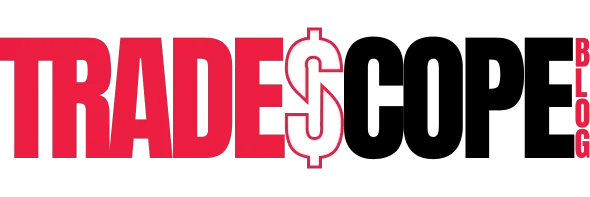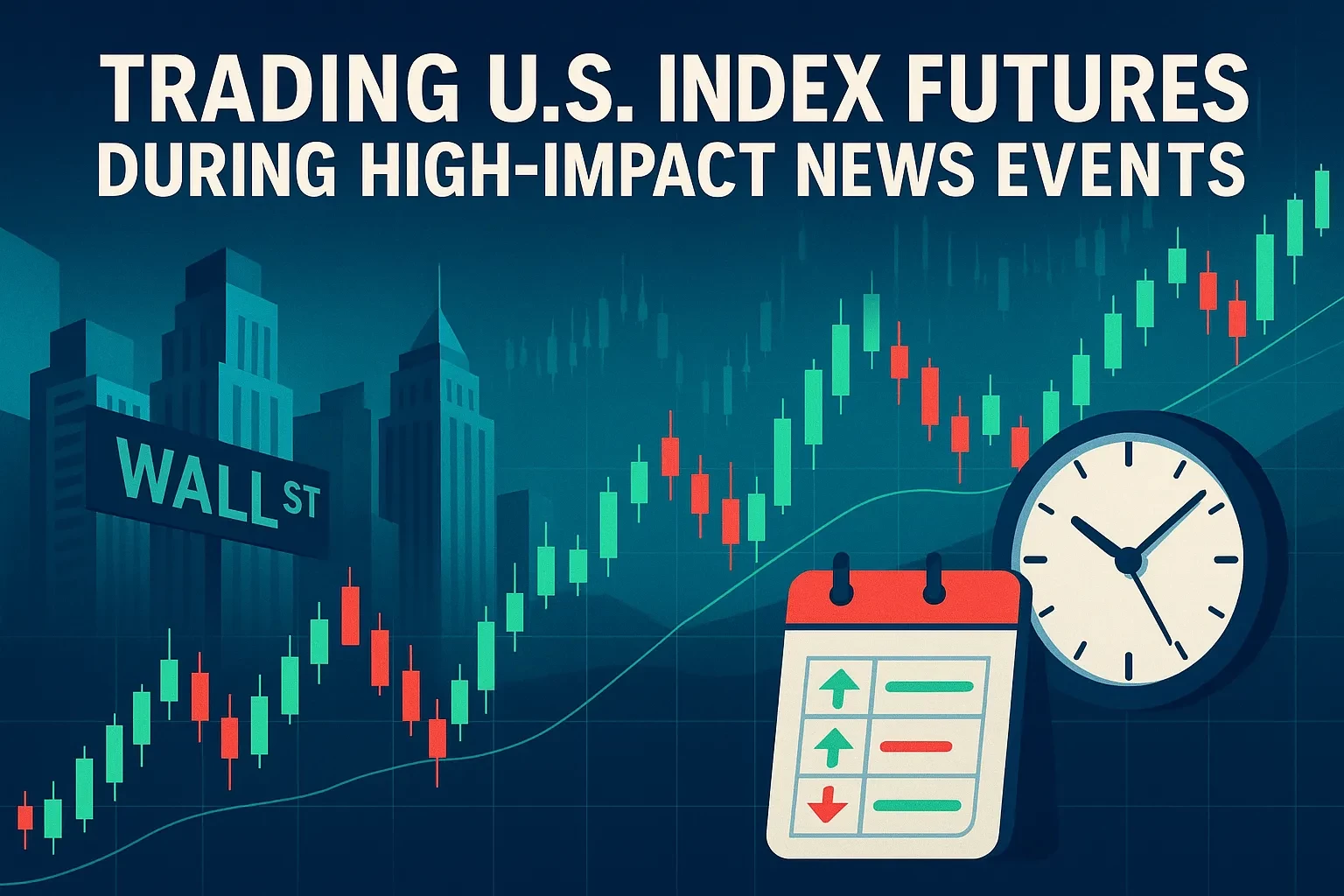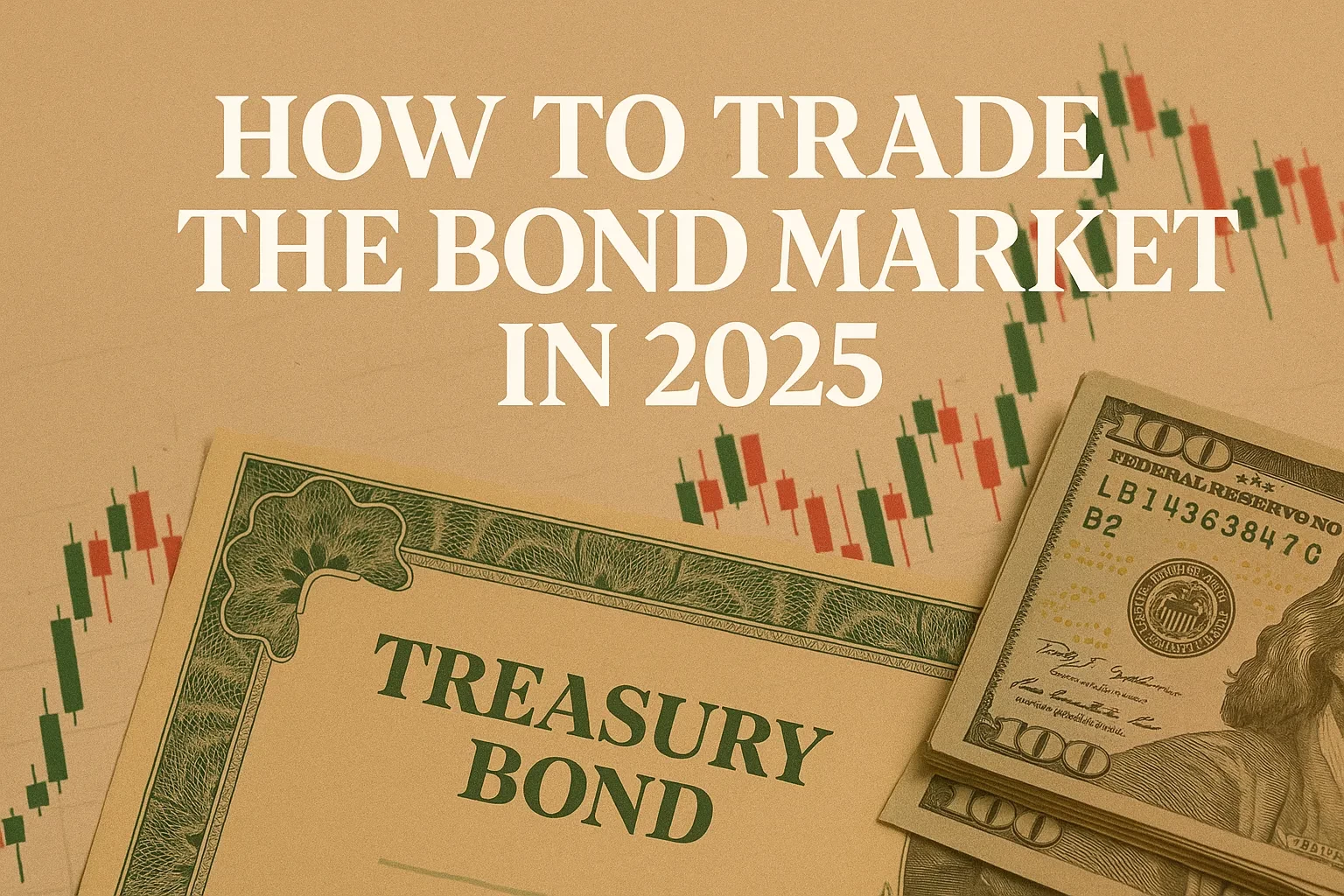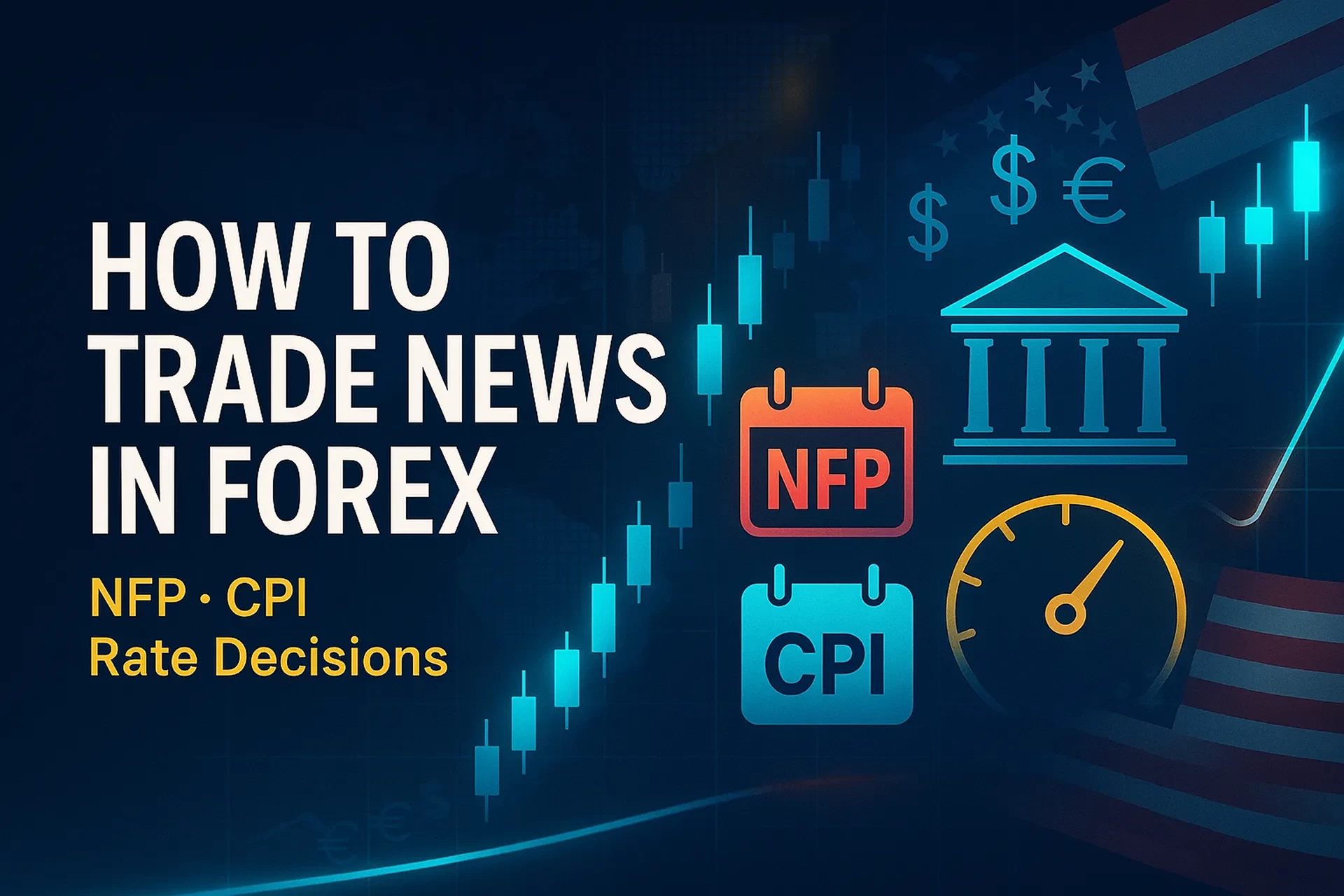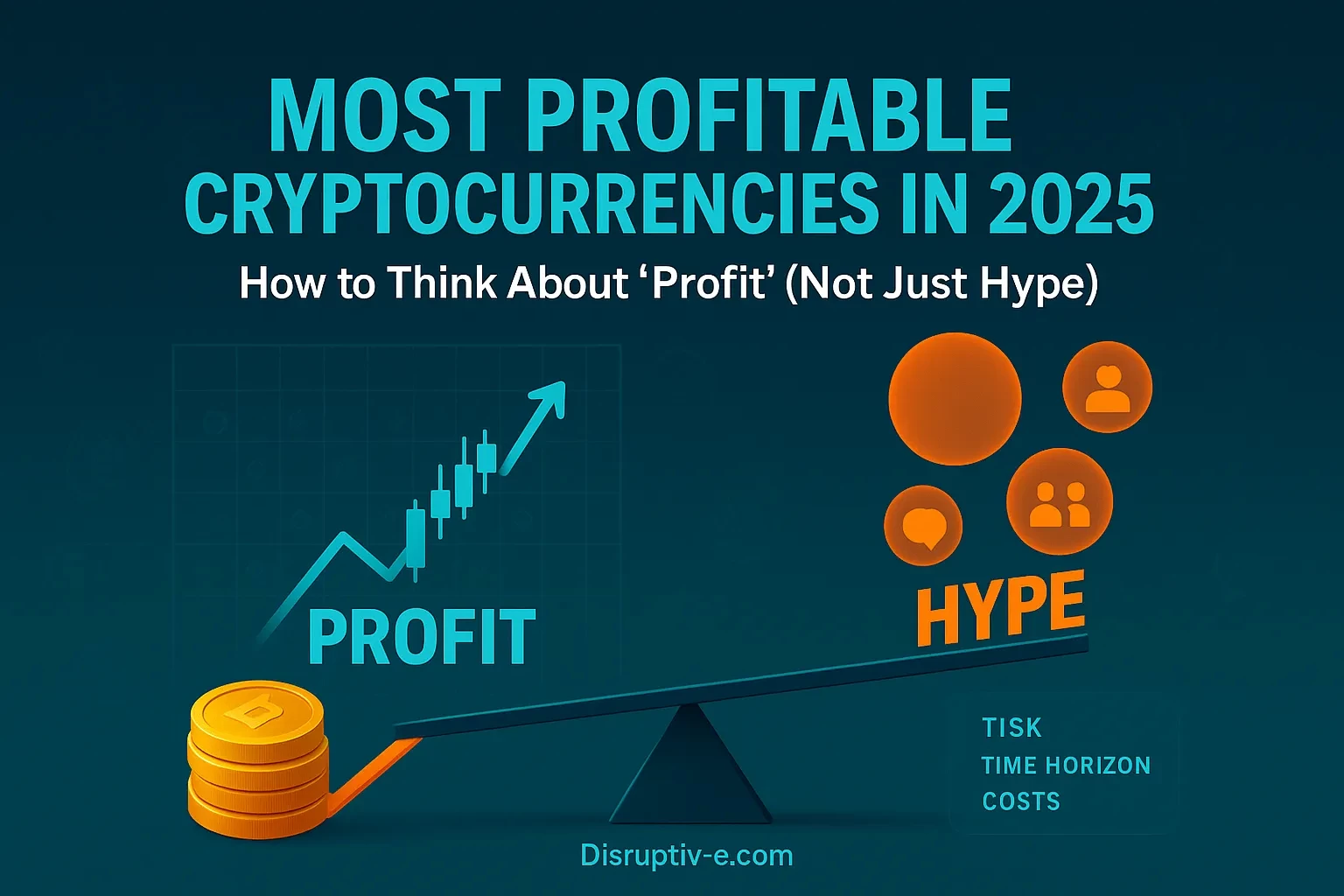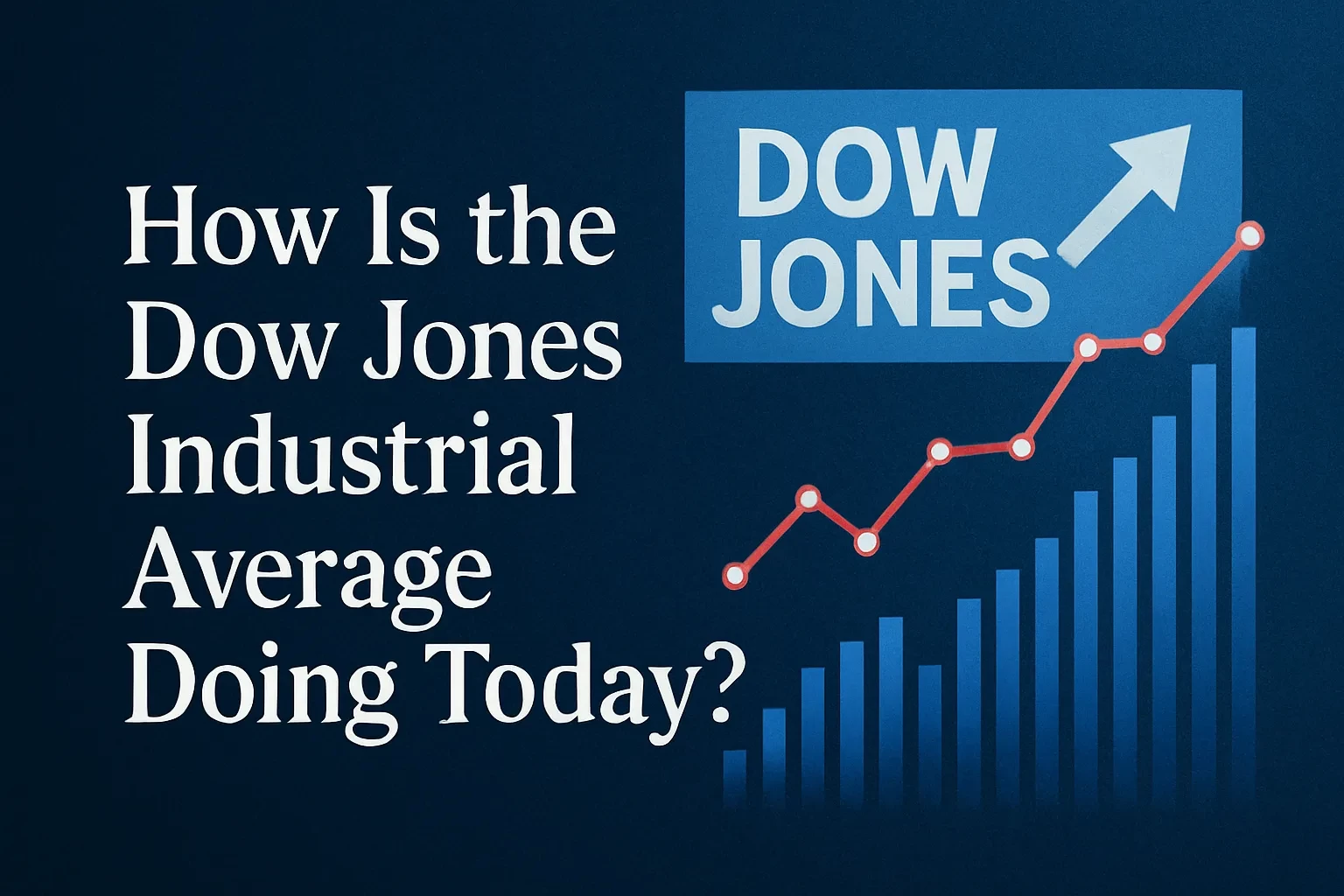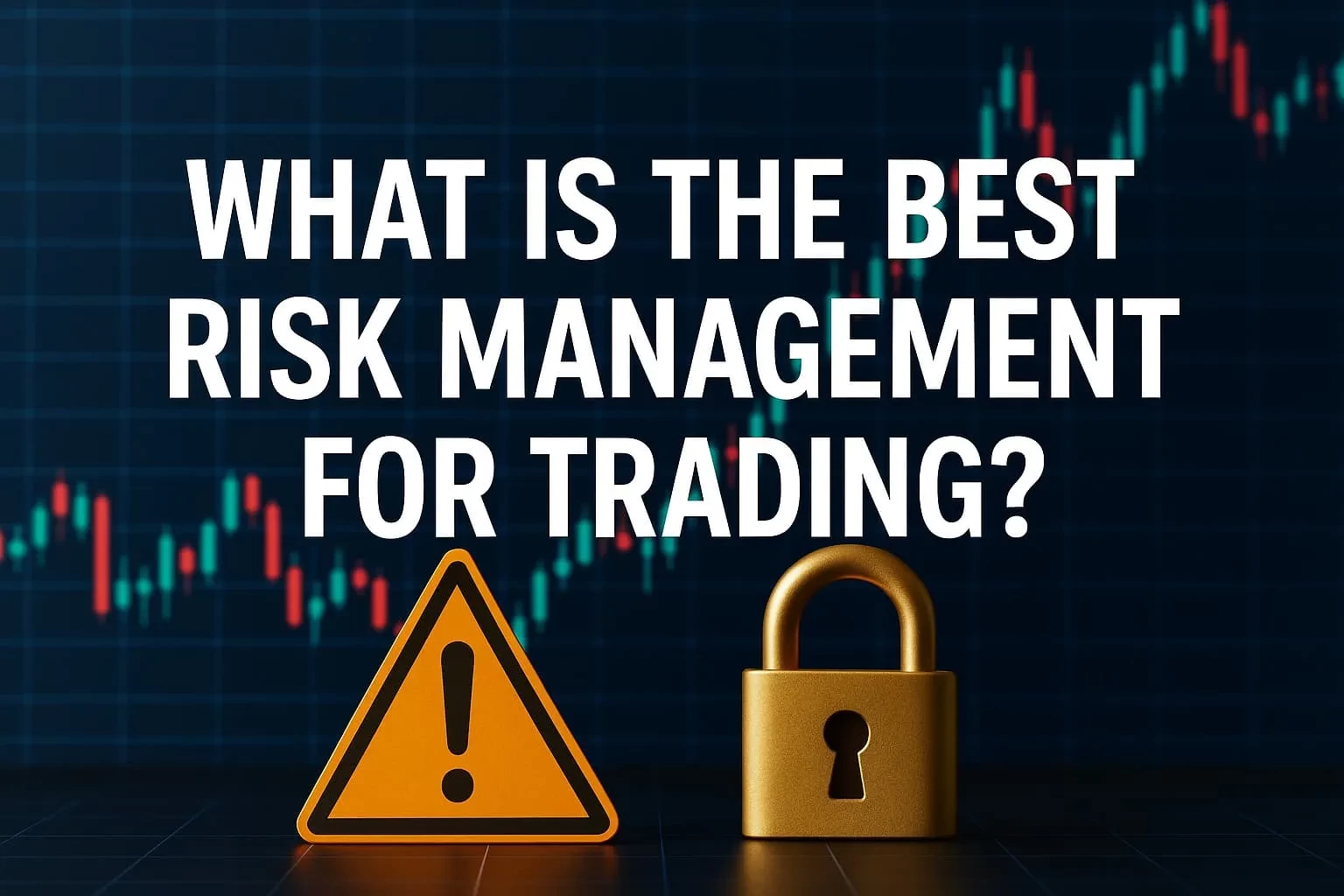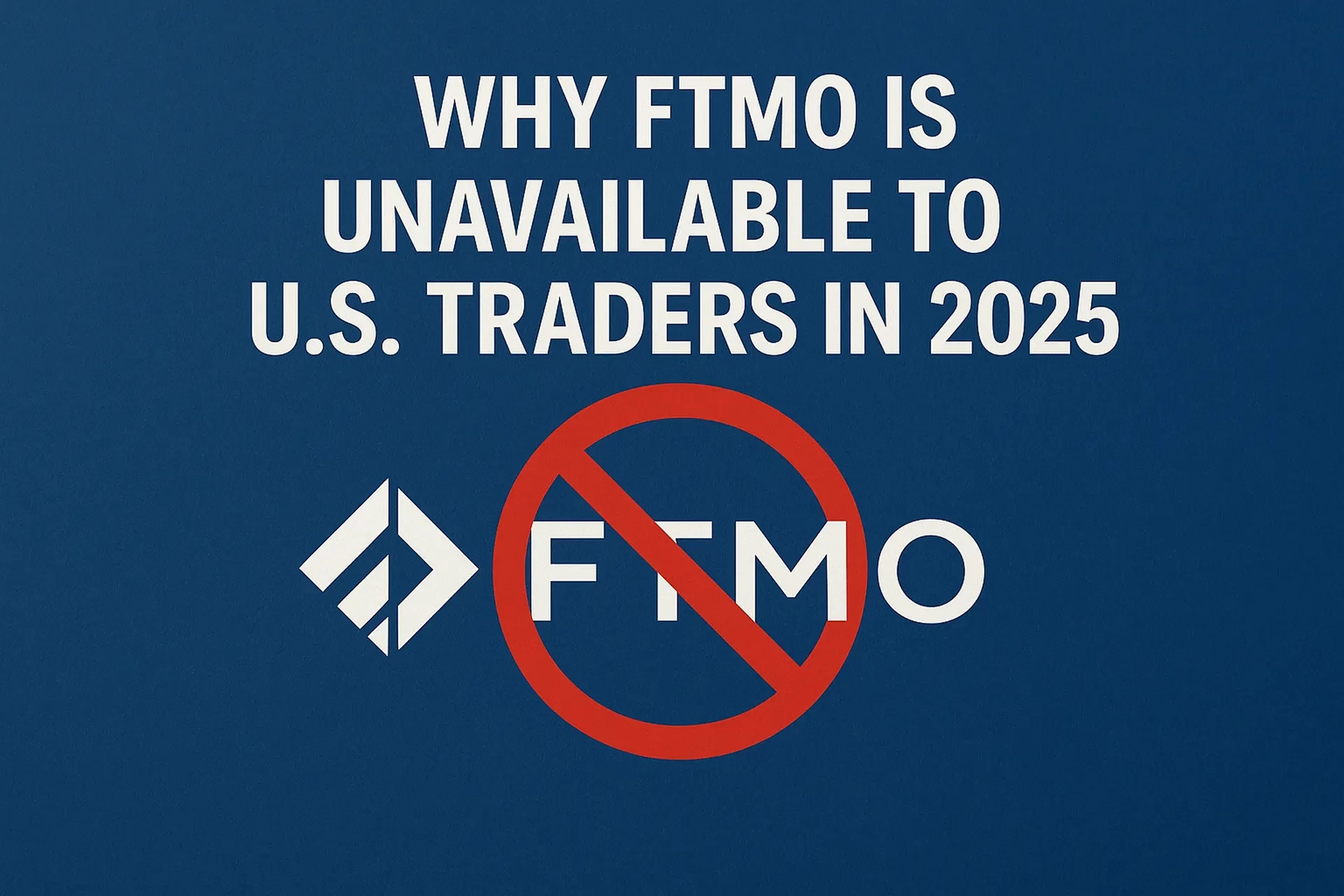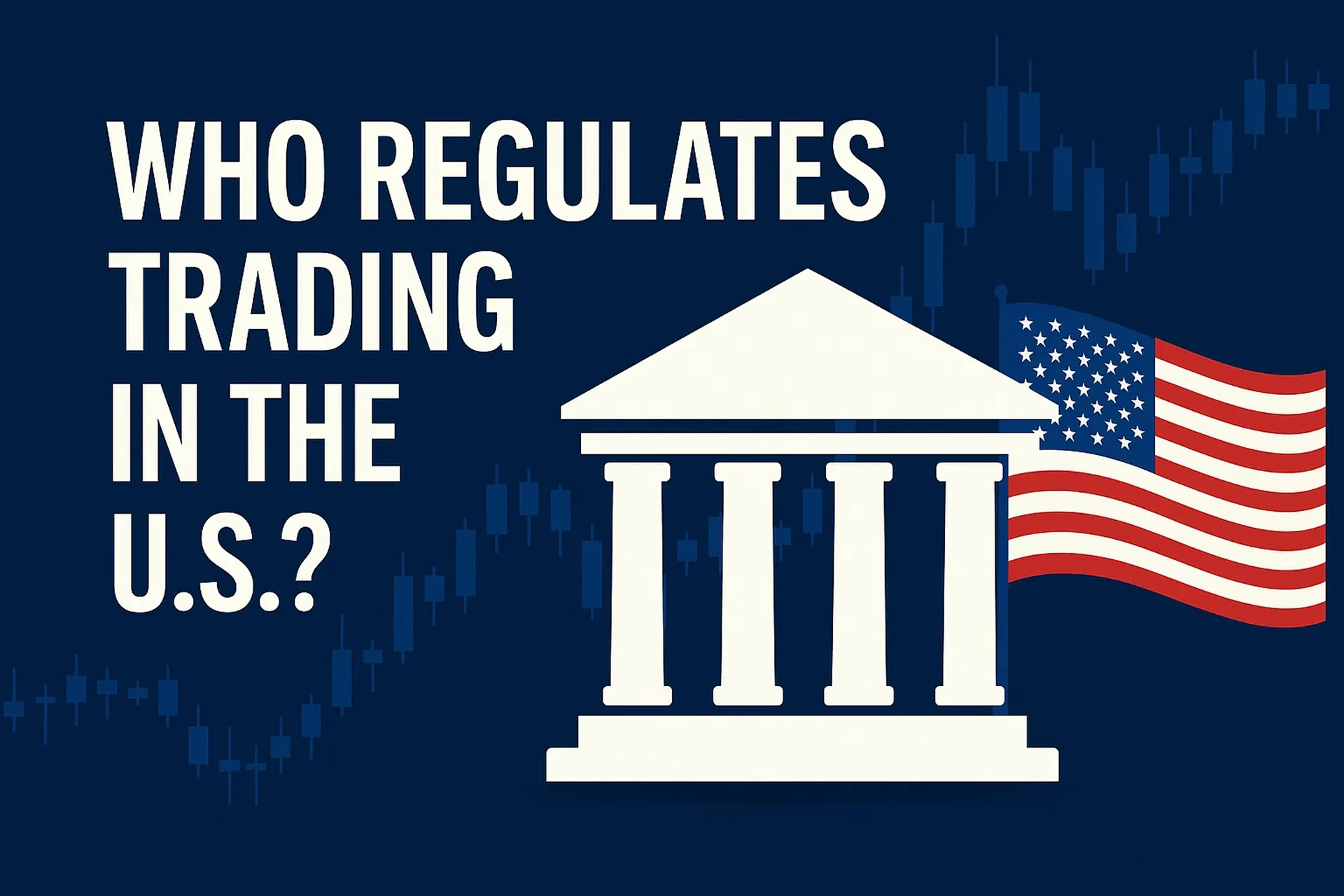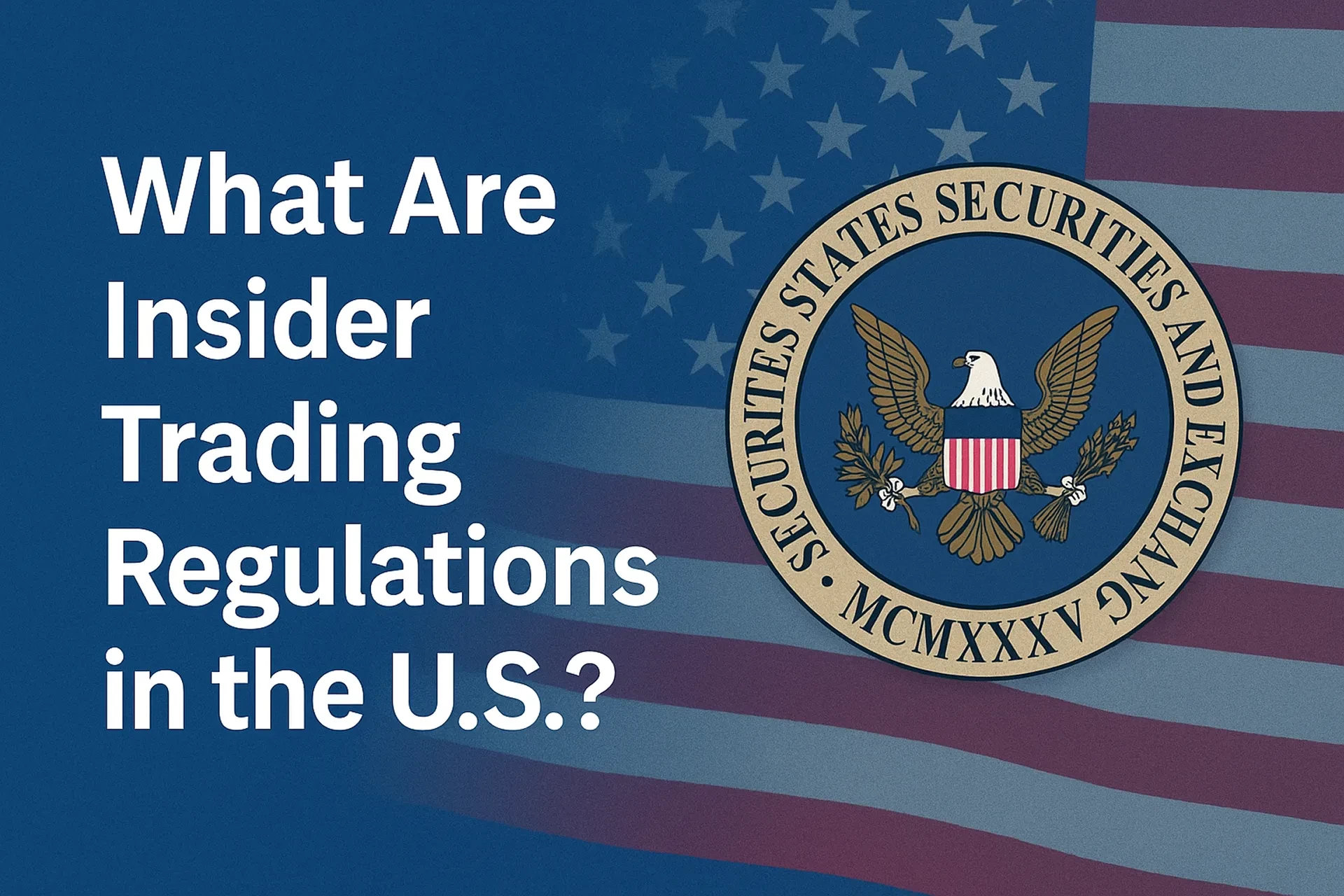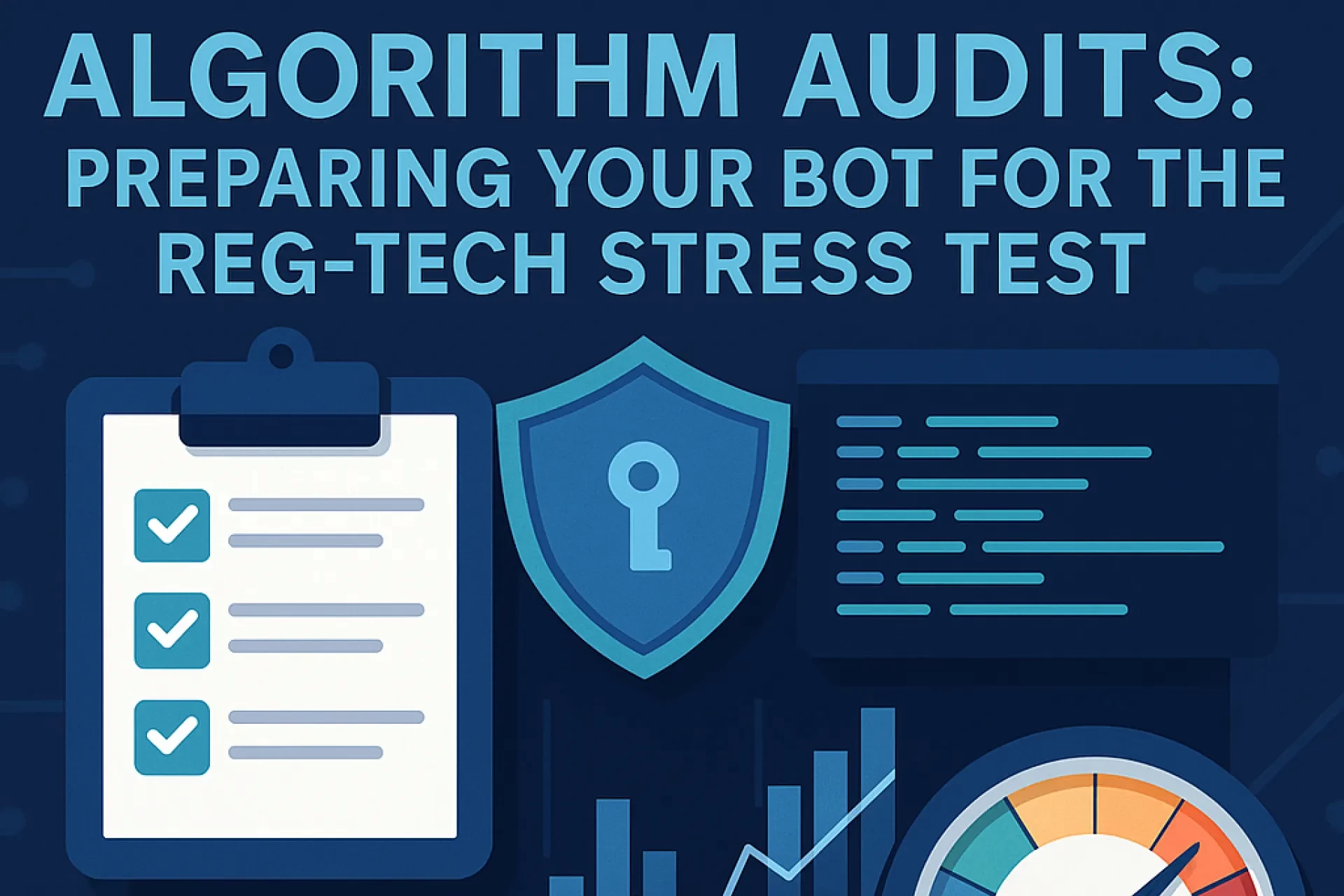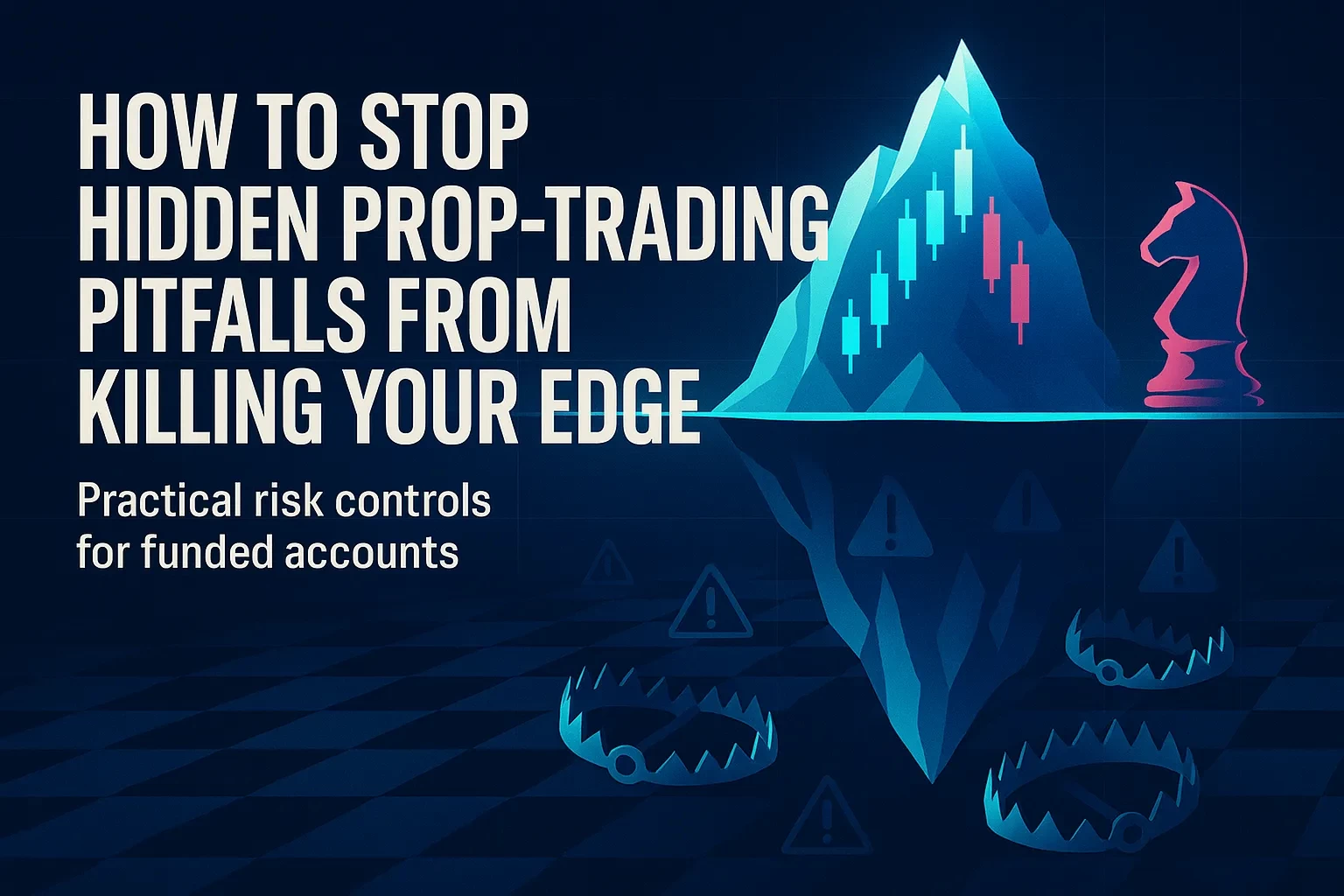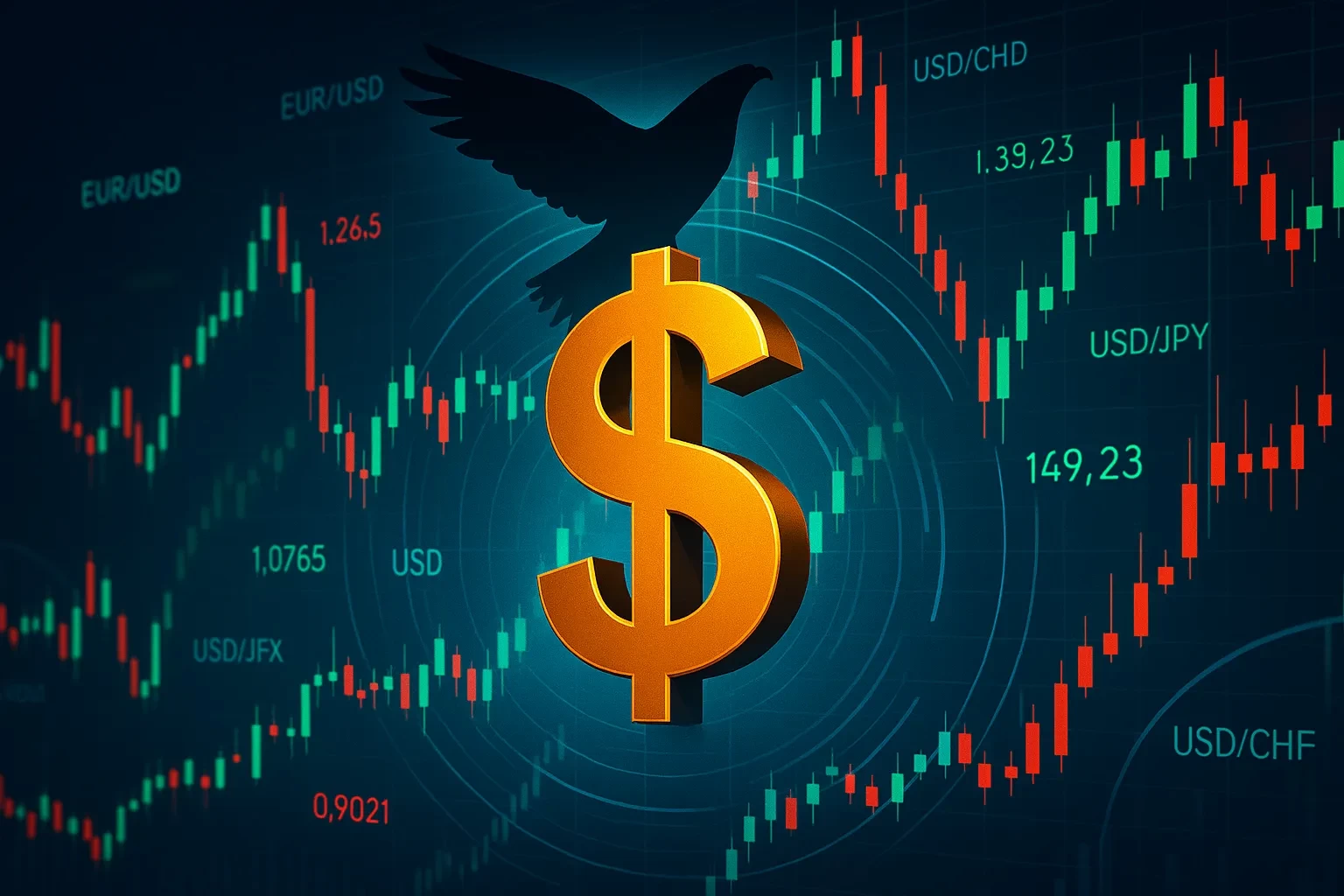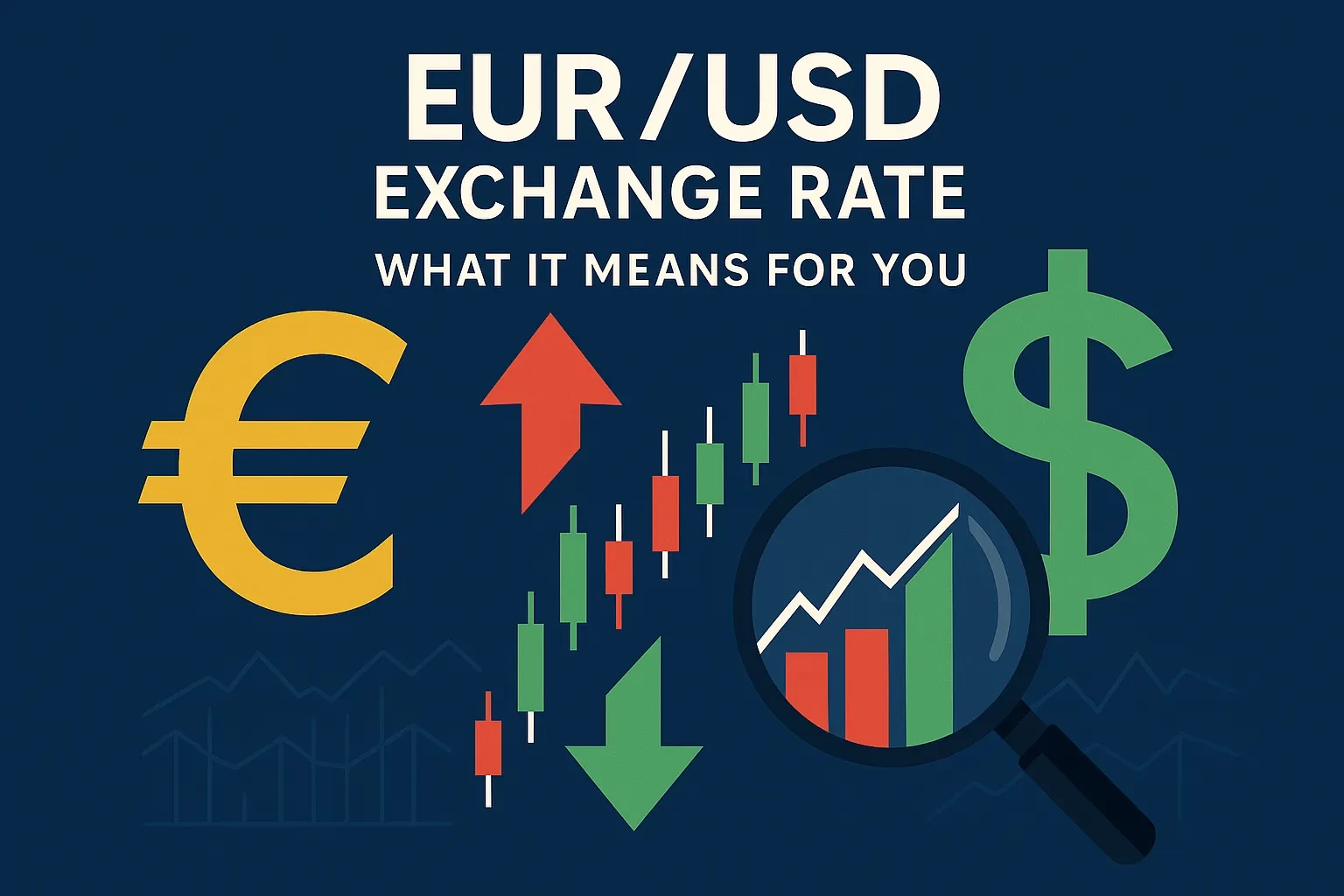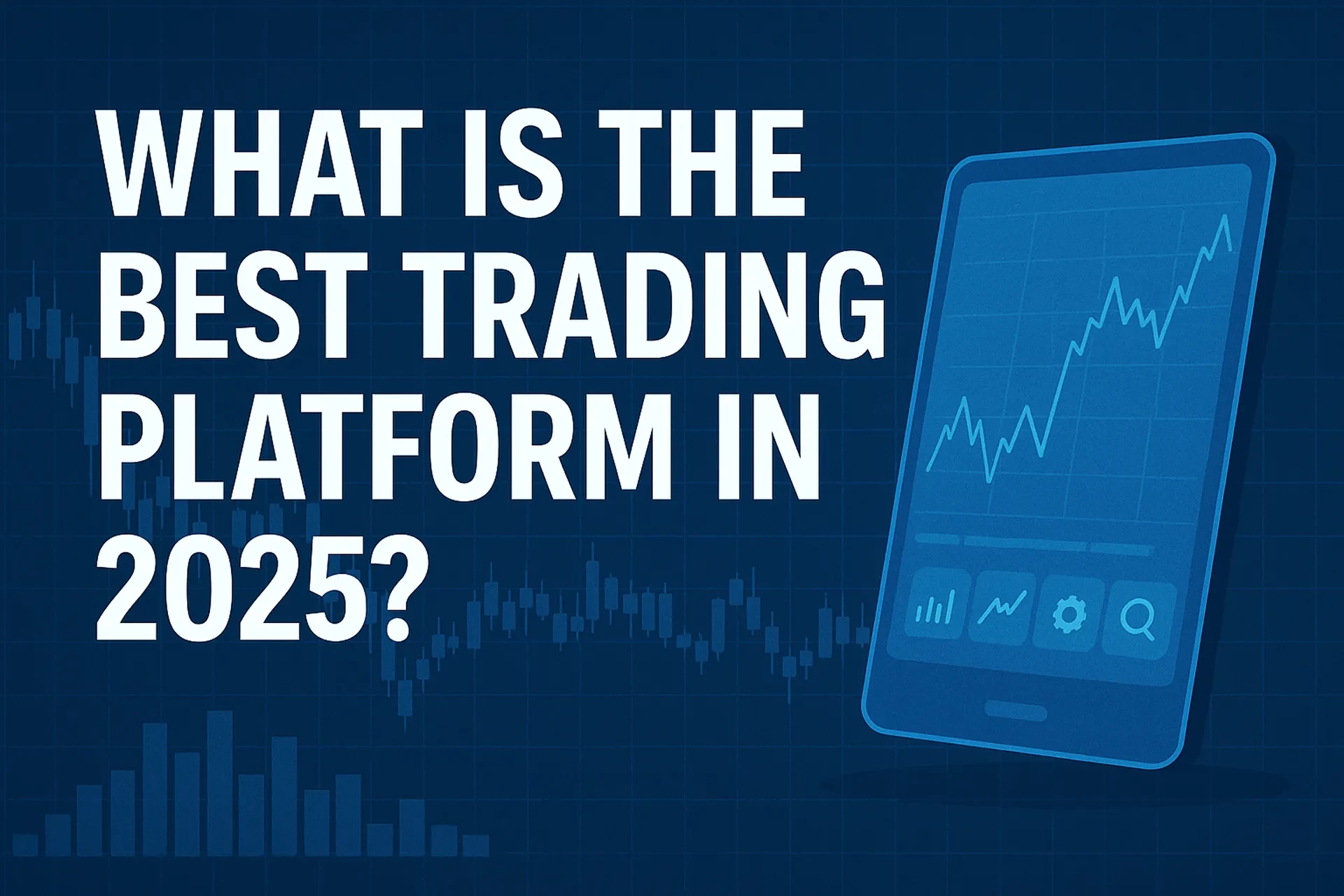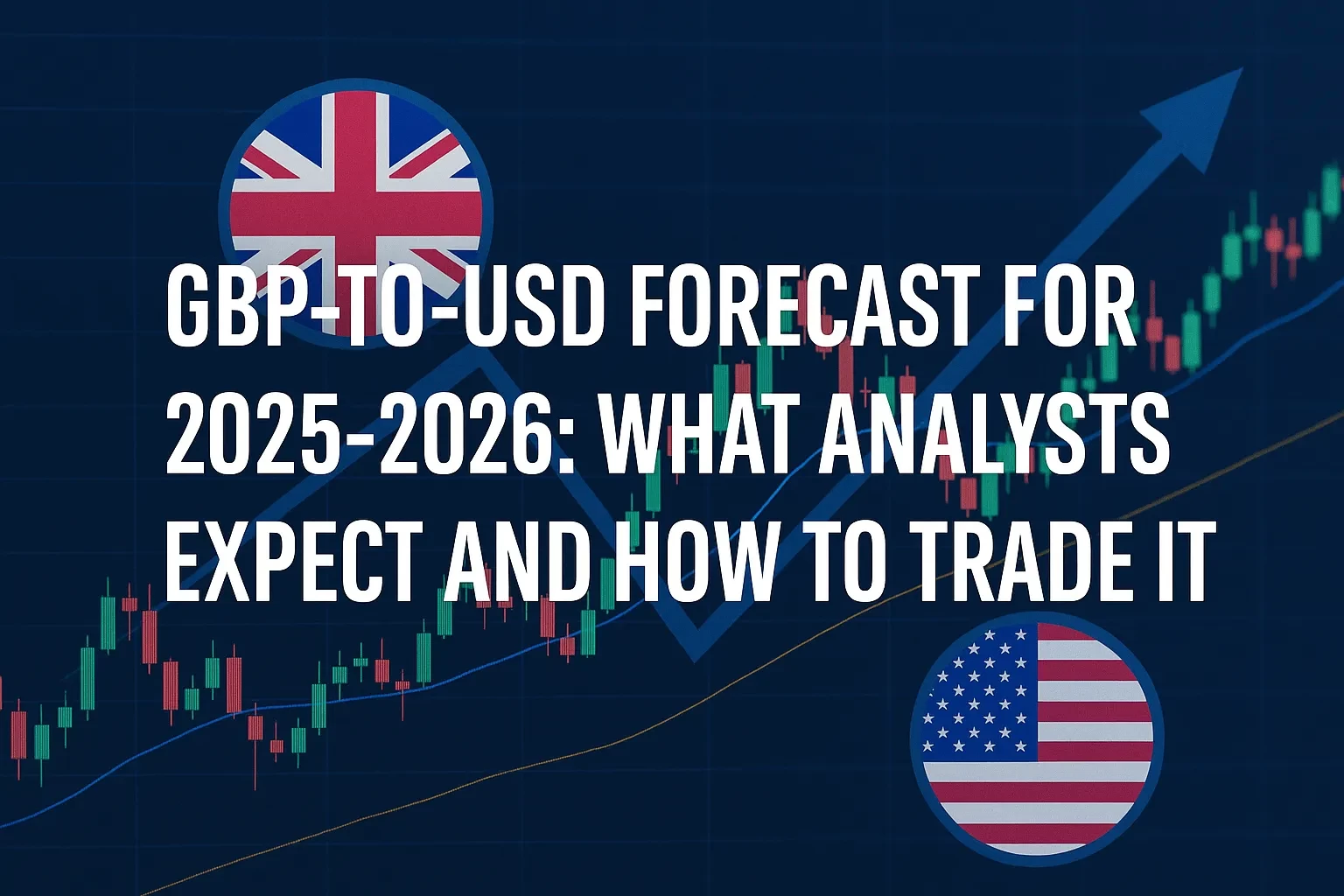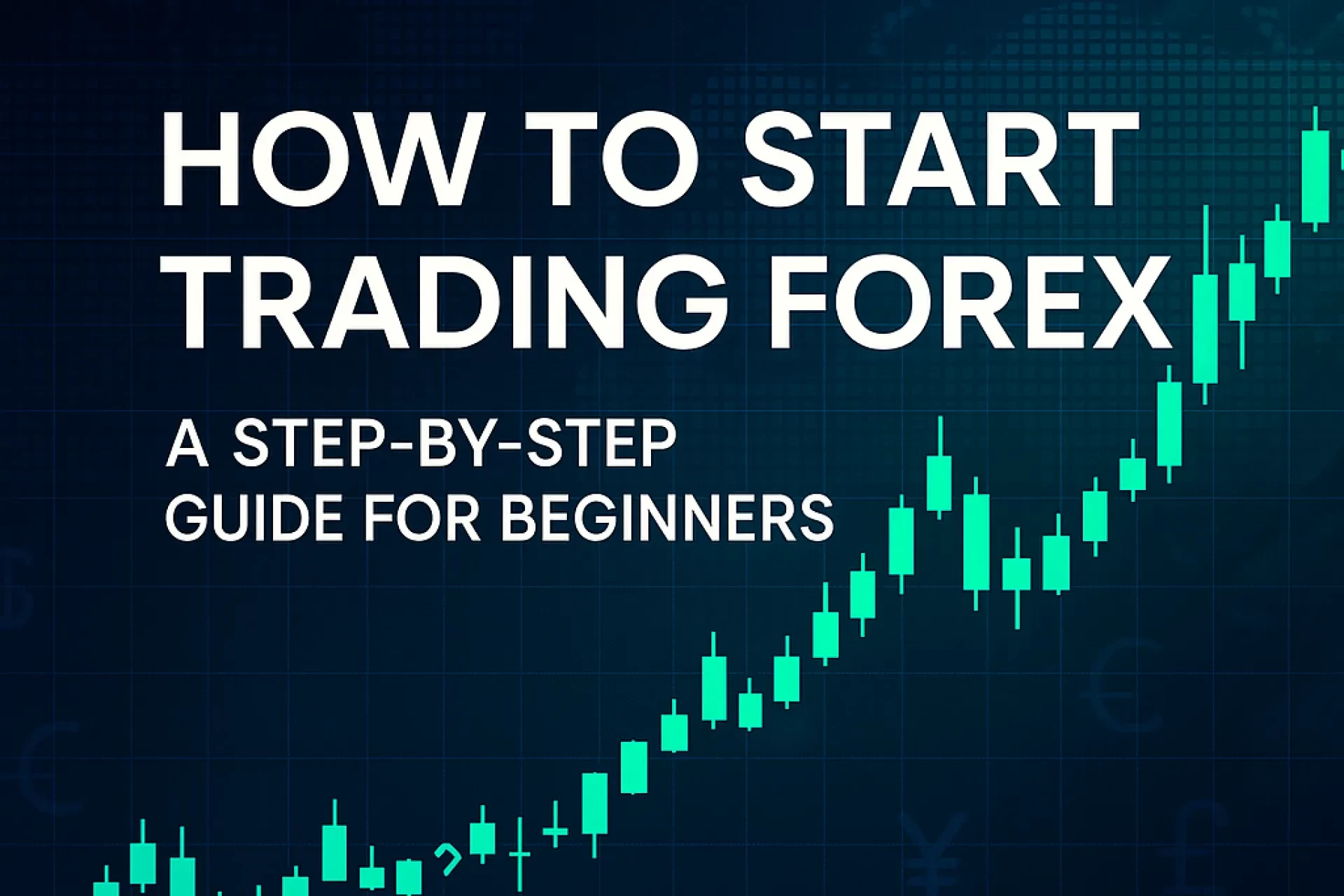Table of Contents
Whether you want to hedge jet-fuel costs, ride a coffee-bean shortage, or speculate on gold’s next breakout, commodity trading offers direct exposure to the raw materials that power the global economy. Activity is booming: oil futures and options set an all-time quarterly record of 219 million lots in Q2 2025 (reuters.com), and U.S. commodity ETFs attracted $6.7 billion of net inflows in June 2025 alone (insight.factset.com). Yet the same leverage and volatility that create opportunity can vaporize capital overnight if you skip the fundamentals. This guide breaks down what commodities are, the main trading vehicles, step-by-step execution, and the 2024-2025 rule changes you must respect.
1 Commodities 101 – Definitions & Market Structure
1.1 What Counts as a Commodity?
• A commodity is a standardized, interchangeable raw material—think energy (WTI crude, natural gas), metals (gold, copper), and agriculture (corn, coffee).
• Physical deliverables: WTI crude (CL), gold (GC), corn (ZC).
• Cash-settled financials: Brent cash futures, carbon-credit contracts.
• Index or ETF proxies: Broad baskets such as the Bloomberg Commodity Index (BCOM) traded via futures and funds.
1.2 The Regulatory Backbone
• U.S. commodity futures and options fall under the Commodity Exchange Act, enforced by the CFTC and the NFA.
• FCM FAQ update (June 30 2025) clarifying margin segregation and customer-asset rules (cftc.gov).
• Public-comment request on MIAX Futures Exchange (June 23 2025)—evidence the CFTC is scrutinizing new venues (cftc.gov).
1.3 Exchanges & Contracts
| Exchange | Flagship Contract | Daily Volume Drivers | 2025 Margin Snapshot* |
|---|---|---|---|
| CME Group | WTI (CL), Gold (GC), Corn (ZC) | U.S. inventory data, macro releases | WTI ≈ $8 250; Gold ≈ $6 050 |
| ICE | Brent (BR), Midland WTI (HOU) | OPEC+, Gulf Coast spreads | Midland ADV +172 % YoY |
| CME Crypto | Micro Bitcoin futures | ETF inflows, mining news | ≈ $4 700 / contract |
*July 2025 house margins, rounded.
2 Five Main Ways to Trade Commodities
• Futures – Standardized contracts that obligate delivery (or cash settlement) at a future date. Offer deep liquidity and up to 10 : 1 leverage.
• Options on Futures – Right, not obligation, to buy/sell futures. Good for defined-risk plays.
• ETFs & ETNs – Exchange-traded funds like GLD or USO. Simpler accounts, no delivery risk, but include management fees and potential K-1s.
• Stocks & MLPs – Indirect exposure via miners or pipeline operators; adds company-specific risk.
• Physical & OTC – Rare for retail; involves storage, insurance, and higher regulatory hurdles.
3 Step-by-Step – Executing a Futures Trade
3.1 Open a Futures-Approved Brokerage
• Complete CFTC Risk Disclosure Statement (17 CFR § 1.55).
• Sign NFA arbitration and anti-money-laundering forms.
3.2 Fund Initial Margin
• Example: WTI initial margin $8 250; maintenance $7 500 (Jul 2025).
• Post a 20 % cash buffer to avoid forced liquidation—CME now performs hourly sweeps during high volatility.
3.3 Place the Order
Buy 1 CL Sep 25 @ $79.30 (Limit)
Include Good-’Til-Cancelled stop at –$2.00 and target at +$4.00 to automate exits.
3.4 Monitor & Manage
• Track inventory reports (EIA Wednesdays) and OPEC+ headlines.
• Roll or offset before first-notice day unless you intend physical delivery.
3.5 Close, Roll, or Deliver
Most speculators offset; commercial hedgers may take delivery (e.g., Midland HOU barrels average 4.4 million bbl/month).
4 Pros, Cons & Core Risk Controls
| Feature | Upside | Downside | Control Tactics |
|---|---|---|---|
| Leverage | Amplifies returns (WTI tick =$10) | 1 % price move = 10 % equity swing | Risk ≤ 1 % per trade |
| 24-hour market | Trade Asia/Europe catalysts | Overnight gaps skip stops | Use hedge options |
| Diversification | Low correlation vs. equities | Unique fundamental cycles | Spread trade related products |
| Tax treatment | 60/40 % blend on Sec 1256 | Complex Form 6781 filing | Use software or a CPA |
5 Practical Case Study – Hedging Airline Fuel Costs
Airline X expects to consume 42 million gallons of jet fuel in Q4 2025.
• Proxy contract: NY Harbor ULSD (HO) correlates 0.92 with jet fuel.
• Contract specs: 42 000 gal per HO; buy 1 000 HO Dec 25 at $2.60/gal = $109 million notional.
• Margin: $9 350 × 1 000 = $9.35 million cash outlay.
• Outcome: Price jumps to $3.05; futures P/L ≈ +$18.9 million offsets higher spot costs, locking net fuel near $2.60.
6 Common Mistakes & Expert Tips
• Ignoring seasonal spreads. Grain basis widens at harvest—trade new-crop vs. old-crop spreads.
• Over-leveraging micro contracts. Micro gold (MGC) seems small; ten lots equal one GC—size accordingly.
• Holding into delivery by accident. Brokers may auto-liquidate at poor prices. Roll at least five days before notice.
• Trading during thin liquidity. 6 p.m.–8 p.m. ET sees wider crude spreads; use limits.
• Skipping fundamental reports. USDA WASDE or EIA draws can swing prices 3 % in minutes—mark calendars.
FAQs
Commodity markets reward preparation—not luck. Master contract specs, margin math, and regulatory updates; build a calendar of fundamental reports; and size positions so a single surprise can’t ground your portfolio. Follow those rules and you’ll harness the very forces—oil, metal, grain—that move the world economy.
